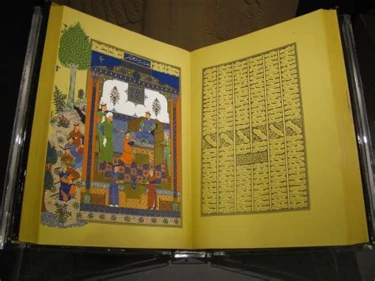
Named after the Book of Kings
The Shahnameh Chess Set is a historically significant and culturally rich chess set that has its roots in the ancient Persian game of chess, also known as Shatranj. The name “Shahnameh” refers to the Book of Kings, a celebrated epic poem that chronicles the history and mythology of the Persian Empire. The Shahnameh Chess Set is an expression of the artistic and cultural heritage of Persia, and it represents an important part of the cultural identity of the Iranian people.
Representation of Persian cultural and historical heritage
The Shahnameh Chess Set is a symbol of the artistic and cultural richness of Persia, and it is an important part of the cultural heritage of the Iranian people. The chess pieces are highly detailed and intricately carved, and they feature characters and symbols from the Book of Kings, including legendary heroes and mythical creatures.
- The king piece is typically depicted as the legendary king of Persia, Feraydun.
- The queen piece is often depicted as the warrior princess Gordafarid.
- The bishop pieces are often depicted as mythical creatures, such as griffins or dragons.
- The knights are often depicted as heroic figures, such as the Persian hero Rostam.
- The pawns in the Shahnameh Chess Set are often depicted as soldiers or common people, reflecting the importance of the common people in the Persian Empire.
Chess was an integral part of Persian culture
The game of chess is said to have originated in ancient India, but it was quickly adopted and adapted by the Persian Empire, and it became an integral part of Persian culture. Chess was a popular pastime for the elite, and it was also used as a tool for education and diplomacy. The chess pieces were highly stylized and often featured elaborate designs, reflecting the wealth and sophistication of the Persian Empire.